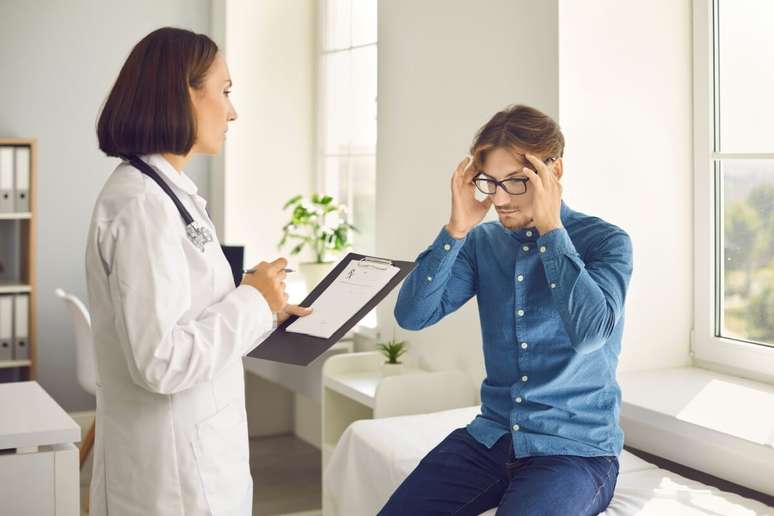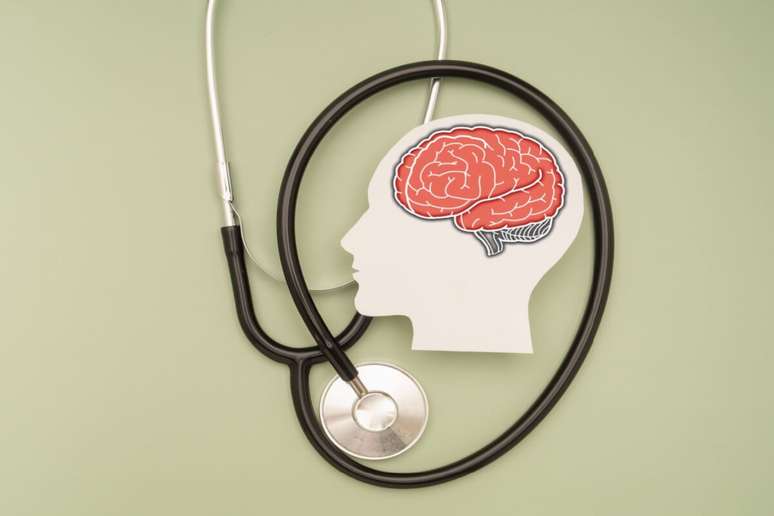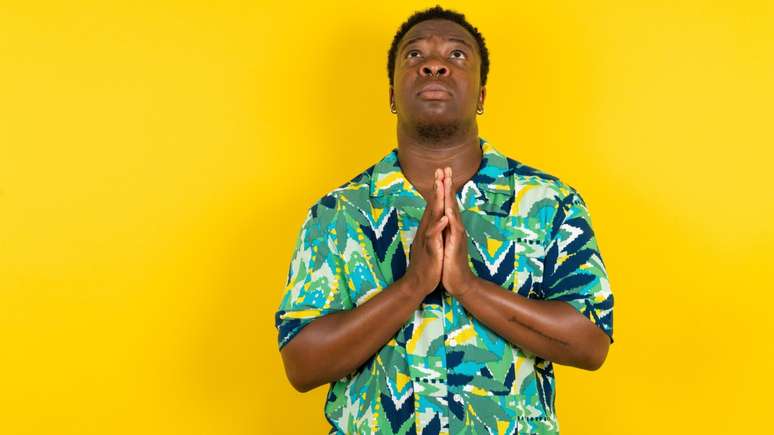Factors such as high blood pressure, diabetes and high cholesterol increase the risk of stroke
Cerebral vascular accident (CVA), popularly known as stroke, is a leading cause of death and disability in Brazil and around the world. According to data from the World Health Organization (WHO), every year approximately 15 million people suffer a stroke and, of these, approximately 6 million die as a result of the episode.
This October 29, World and National Stroke Prevention Day, experts point out that, although serious, stroke can be avoided with simple prevention measures and quick recognition of warning signs.
Causes of stroke
THE a stroke occurs when there is a disruption or reduction in blood flow to a part of the brain, preventing the organ from receiving oxygen and nutrients. “This interruption can occur due to a blockage (ischemic stroke), which accounts for approximately 85% of cases, or due to rupture of a blood vessel (hemorrhagic stroke),” explains cardiologist Dr. Raphael Boesche Guimarães.
He points out that the damage can be irreversible if treatment is not started quickly. “Time is the main enemy of stroke. Every minute spent without treatment increases the risk of serious consequences or even death,” he warns.
Risk factors for stroke
Major risk factors for stroke include hypertension, diabetes, high cholesterol, smoking, physical inactivity and obesity. The doctor explains that controlling these conditions is essential to reduce the likelihood of an episode.
“Over 80% of stroke cases “It could be prevented with lifestyle changes and regular medical monitoring,” says Dr. Raphael Boesche Guimarães. Additionally, monitoring chronic diseases is essential. “Keeping blood pressure under control, treating diabetes and cholesterol, practicing physical activity and adopting a balanced diet make the difference,” he adds.
The doctor also emphasizes that people with a family history of cardiovascular disease should be especially careful, as there is a genetic tendency that can increase the risk.

Stroke symptoms
Knowing how to identify symptoms early can save lives. Dr. Raphael Boesche Guimarães emphasizes that the classic signs of a stroke appear suddenly and should be treated as a medical emergency:
- Weakness or numbness on one side of the body (face, arm, or leg);
- Difficulty speaking or understanding what people say;
- Changes in vision (double, blurred, or loss of vision);
- Dizziness, loss of balance or coordination;
- Intense and sudden headache, without apparent cause.
“The ideal is to act quickly: when you notice it none of these signstake the person to the emergency room immediately. Early treatment significantly increases the chances of recovery”, emphasizes the doctor.
Ways to prevent the condition
For Dr. Raphael Boesche Guimarães the focus should always be on prevention. “Stroke is a silent disease until it manifests itself. This is why it is essential to undergo periodic checks and control risk factors. Small daily gestures, such as reducing salt, avoiding cigarettes and excessive alcohol consumption, already contribute a lot”, he says.
He also recommends special attention to blood pressure, the main villain of stroke cases. “Untreated high blood pressure damages blood vessels and makes clots easier to form. It’s the most important factor to control,” he explains.
Treatments for sequelae
Although early diagnosis and rapid treatment can reduce the consequences, many people still face limitations after the episode. Therefore rehabilitation with physiotherapy, speech therapy and medical monitoring is essential.
“With adequate care and the right support it is possible to recover functions and quality of life. The important thing is not to ignore the signs and never put off taking care of your health”, concludes Dr. Raphael Boesche Guimarães.
By Daiane Bombarda
Source: Terra
Ben Stock is a lifestyle journalist and author at Gossipify. He writes about topics such as health, wellness, travel, food and home decor. He provides practical advice and inspiration to improve well-being, keeps readers up to date with latest lifestyle news and trends, known for his engaging writing style, in-depth analysis and unique perspectives.









